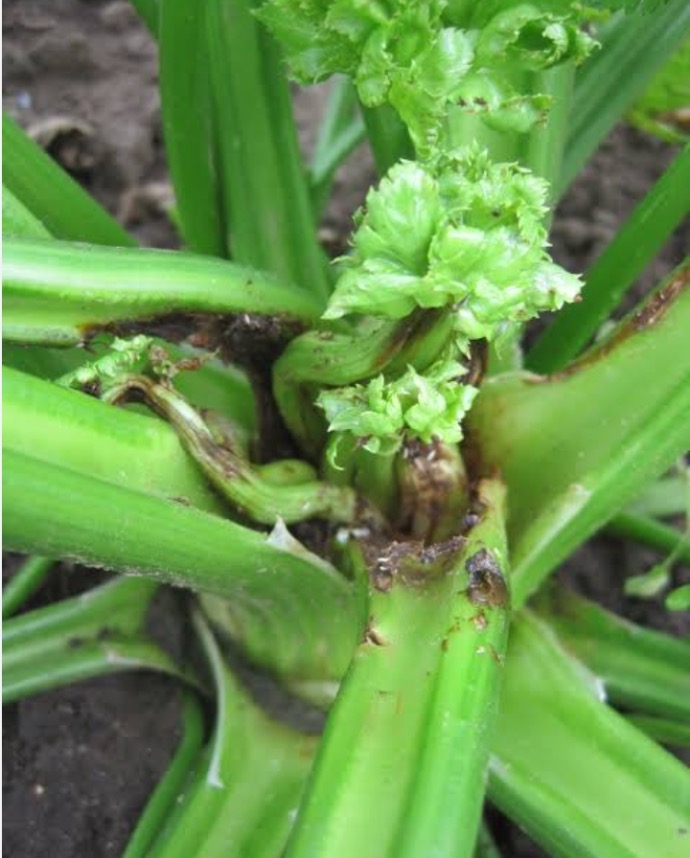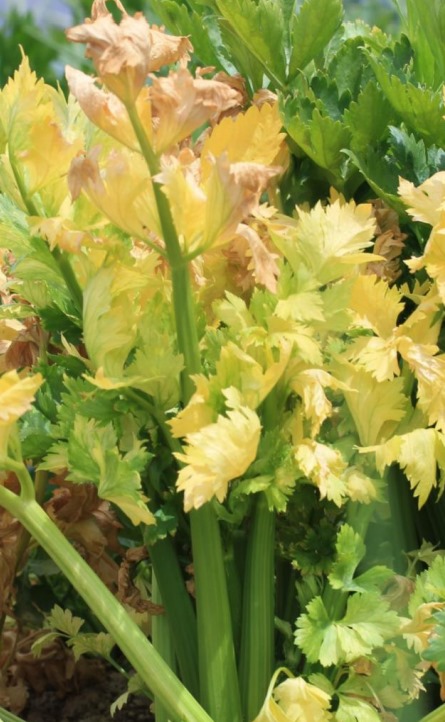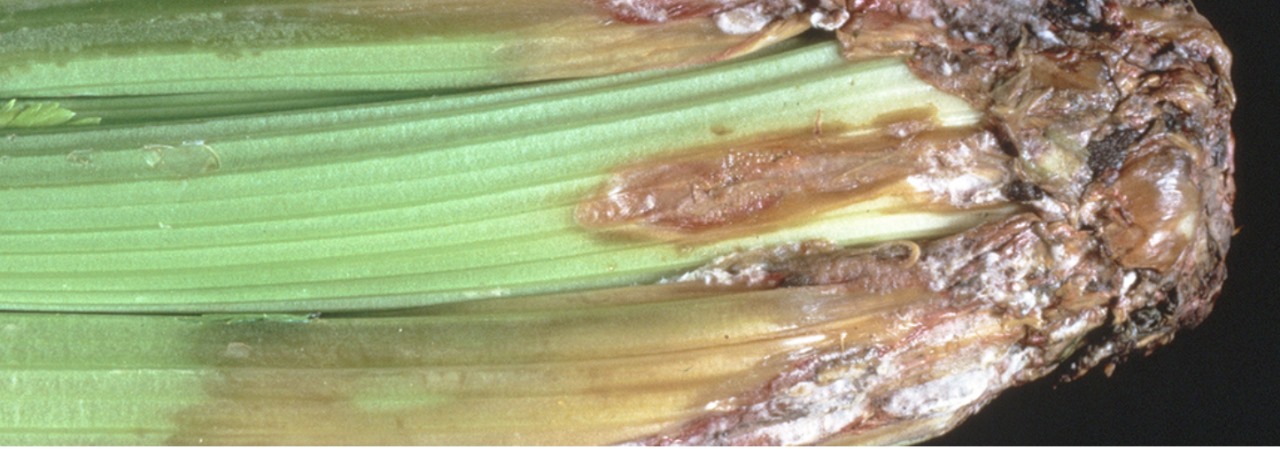Celery Plant
Celery is an annual, 12-24 inches tall, and frost-tolerant. It prefers well-drained, fertile soil in full sun to partial shade. Keep the soil moist. Kohlrabi is edible but not medicinal.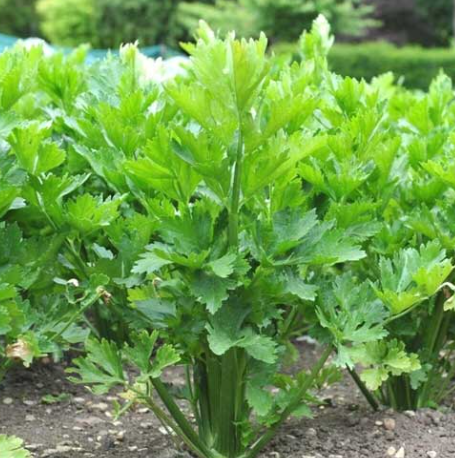
Habit
Biennial
Height
30-60 cm
Growth
Moderate
Soil
Well-drained, fertile
Shade
Partial shade to full Sun
Moisture
Moist
Edible
Yes
Medicinal
Yes
Origin
Mediterranean
Climatic Condition
Temperate
Temperature (°)
15-25°C
Humidity (%)
50-70%
Potting media
Organic compost, mulch
Fertilizers
NPK 5:10:10, high nitrogen
Watering
Regular, deep watering
Plant Weight
500-1000 g
Flowering Time
90-120 days after planting
Soil Ph level
6.0 - 7.0
Water Ph level
6.0 - 7.0
Soil EC
1-2 dS/m
Yield Per Plant
1-2 kg per plant
NPK ratio
05:10:10
life Span
Biennial (grown as annual)
Health Benefits
Rich in antioxidants, supports heart health
Suggested Grow Media or Potting Mix ?
40% compost, 30% peat moss, 30% perlite
Suggested Fertigation/Fertilizers
Fertilize every 2 weeks with a balanced, water-soluble fertilizer.
Common Diseases and Remedies
fusarium wilt , Pink rot
on older leaves necrotic leaf spots may develop. Plants are sometimes stunted. Outer petioles grow horizontally, giving the plant a flattened appearance
Plants require constant moisture and should be provided with at least 1 inch of water per week.
Cuprokylt and Amistar can be used on celery under protection.
HEALTH BENEFITS
· Supports digestion and hydration due to high water content
· Has anti-inflammatory and blood pressure-lowering effects
· Rich in antioxidants like flavonoids and vitamin C
What Is An Celery Plant Tree?
Celery Plant (Apium Graveolens) is a biennial vegetable plant in the Apiaceae family, which also includes carrots, parsley, and fennel. Cultivated for its crisp stems and fragrant leaves, it is used as a vegetable and spice in many cuisines around the world. Celery plants typically have compound leaf rosettes with long, upright stems and are harvested and consumed raw or cooked. The seeds of the plant are also used as spices and flavoring agents. Celery is characterized by its crunchy texture and unique bittersweet taste.

What Are The Different Types Of Celery Plants?
1. Pascal Celery
Also known as "stem celery," Pascal celery is the most commonly grown variety. It has thick, chewy stalks and is often sold in grocery stores. Pascal celery is versatile and can be eaten raw, cooked, or used as a seasoning in a variety of dishes.
2. Golden Celery
Golden celery is a variety with pale yellow or golden stems. It has a milder flavor than green celery, and is sometimes preferred for its sweet taste.
3. Leaf celery
Also known as "Chinese celery" or "small age," leaf celery is grown for its fragrant leaves rather than its stems. It has been. It is characterized by thinner stems and a stronger flavor than Pascal celery. Celery leaves are often used as a spice and garnish in Asian cuisine.
4. Celeriac
Celeriac, or "celery root," is a type of celery grown for its large tuberous roots rather than its stalks. It has a rugged, eerie appearance and a mild celery-like flavor. Celeriac is often used in soups, stews, and vegetable puree dishes.
5. Red Celery
Red celery is a variety with red or purple stems. It tastes similar to green celery, but it adds color to dishes. Red celery is often used raw in salads and as a garnish.

How to care for Celery Plants ?
1. Location
Celery is grown in many different parts of the world, but it grows best in temperate climates with mild temperatures and sufficient moisture. It requires a long growing period with low temperatures during the early stages of growth and then warm temperatures. Celery is often grown in areas with fertile, well-drained soil and irrigation water available.
2. Sunshine
Celery is grown in many different parts of the world, but it grows best in temperate climates with mild temperatures and sufficient moisture. It requires a long growing period with low temperatures during the early stages of growth and then warm temperatures. Celery is often grown in areas with fertile, well-drained soil and irrigation water available.
3.Soil
Celery plants prefer fertile, well-drained soil that is rich in organic matter. Loamy soil with high water retention capacity is ideal for growing celery. Additionally, soil pH should be slightly acidic to neutral, typically between 6.0 and 7.0, to facilitate uptake of nutrients by plants.
4. Hydration
Celery plants prefer consistently moist soil throughout the growing season. Avoid letting the soil completely dry out between waterings, as this can cause stress and affect plant growth. Keep the soil evenly moist and not soggy.
5. Nutrition
Celery plants benefit from regular fertilization to ensure they receive the nutrients they need for optimal growth. Before planting, mix a balanced fertilizer or compost into the soil to create a nutrient-rich base. During the growing season, spray your plants with additional fertilizers, such as a balanced fertilizer rich in nitrogen, phosphorus, and potassium, to encourage vigorous growth and the development of tasty stems. Avoid excess nitrogen.

6. Issues
Celery plants can be susceptible to pests such as aphids, celery leafminers, slugs, snails, and caterpillars. Monitor your plants regularly for signs of pest infestation, including: B. Leaves are chewed, pitted, or discolored. Celery plants can be susceptible to diseases such as late blight, root rot, and powdery mildew. To reduce the risk of soil-borne diseases, practice crop rotation and avoid planting celery in the same spot every year. Environmental factors such as extreme temperatures, drought, and waterlogging can stress the celery plant and affect its growth and development.
What are the Benefits of celery Plants ?
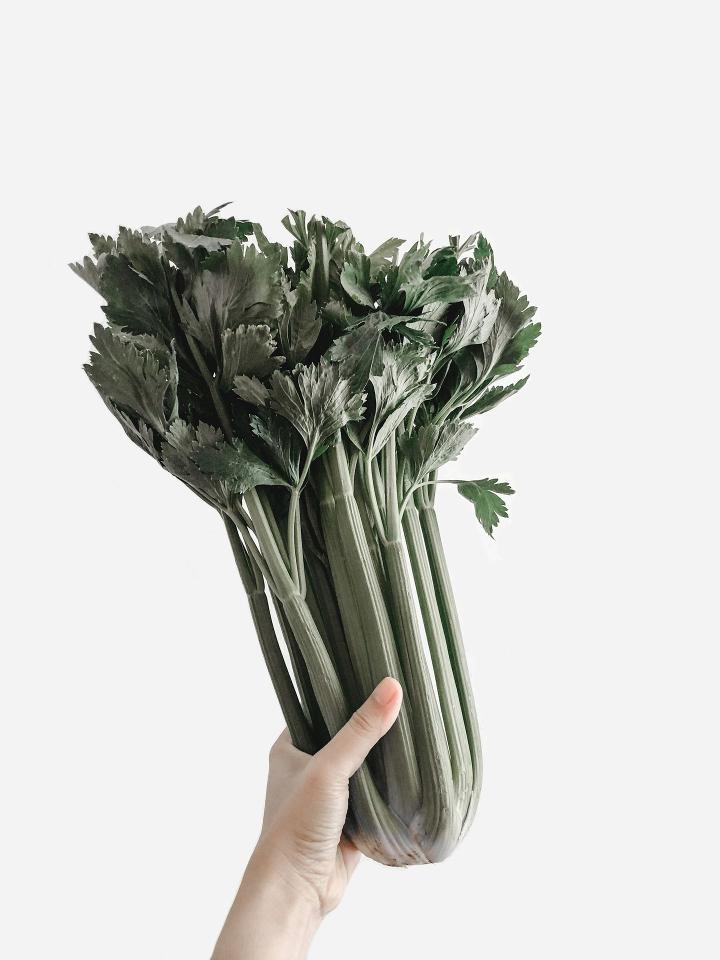
FAQs About Growing celery
1. How should I store celery?
Store celery in the refrigerator, ideally in the crisper drawer or wrapped in a damp paper towel and placed in a plastic bag. This helps retain moisture and keeps the celery crisp. Avoid washing celery before storing it, as excess moisture can lead to spoilage
2. Can I freeze celery?
Yes, celery can be frozen for longer-term storage. Wash and chop the celery into pieces, blanch them briefly in boiling water, then cool them in ice water before draining and drying thoroughly. Place the blanched celery pieces in airtight containers or freezer bags and store them in the freezer for up to six months
3. .Is celery safe for people with certain dietary restrictions?
Celery is naturally low in calories, gluten-free, and suitable for most dietary restrictions. However, individuals with allergies to celery should avoid consuming it, as it can cause allergic reactions.
4.How can I use celery in cooking?
Celery is versatile and can be used in various ways in cooking. It can be eaten raw as a snack, added to salads, soups, stews, stir-fries, and casseroles, or used as a flavoring agent in stocks, sauces, and dips
5. What are the health benefits of celery juice?
Celery juice has gained popularity for its potential health benefits, including hydration, digestive support, and antioxidant properties. Some people claim that drinking celery juice regularly can help reduce inflammation, improve digestion, and support detoxification, although more research is needed to confirm these claims.
